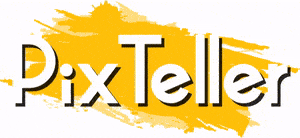7 Questions to Ask Yourself when Choosing a UX Research Methodology
Research is an integral part of UX design as it puts the customer at the forefront of your team's choices. But with the amount of information generated by users, it's easy to get lost in the data and be overwhelmed.
 Make images for your blog or social media page with PixTeller graphic maker
Make images for your blog or social media page with PixTeller graphic maker
The best way to deal with this vast plain of information is to funnel your questions towards a specific issue, then deal with these one at a time. With that in mind, here are 7 questions to ask yourself when conducting UX research, plus some ideas on methodologies to employ in finding the answers.
-
1. Why Are You Researching?
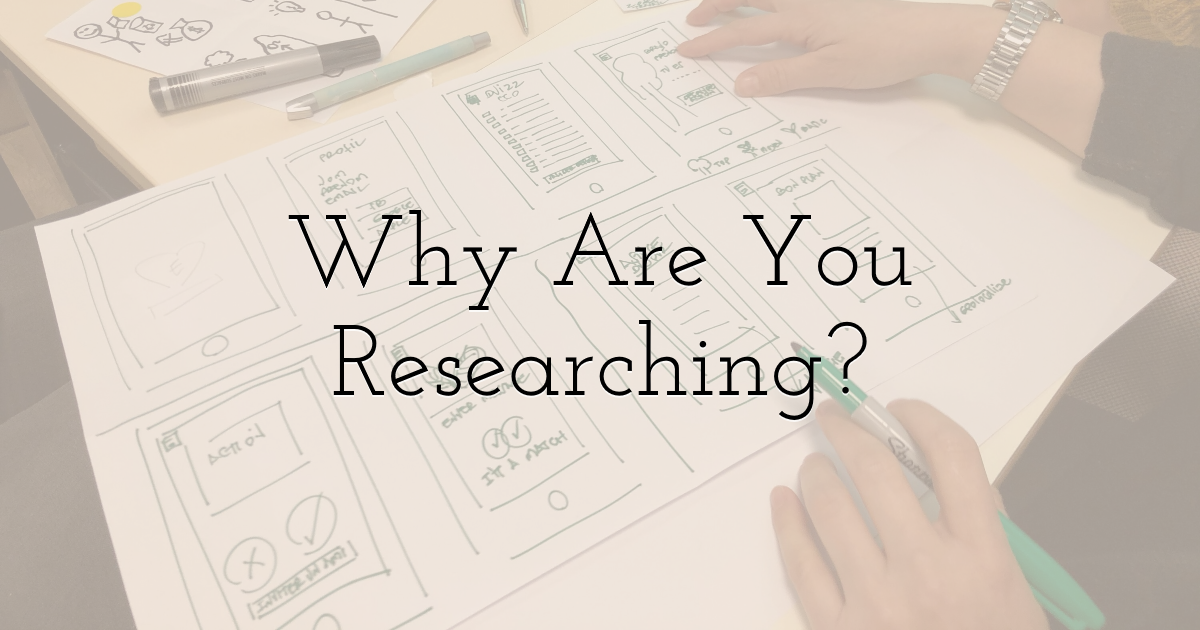
The first question to ask yourself is, why are you conducting your UX research. Here it's essential to be as specific as possible. The answer to this question is not "to optimize the UX on our platform," that's nothing.
Instead, pick a particular problem you want to learn more about. For example, "users are finding it hard to find x on our platform, we want to find out why and how to make x more obvious." Now you have a measurable goal to strive towards.
-
2. What Are You Researching?
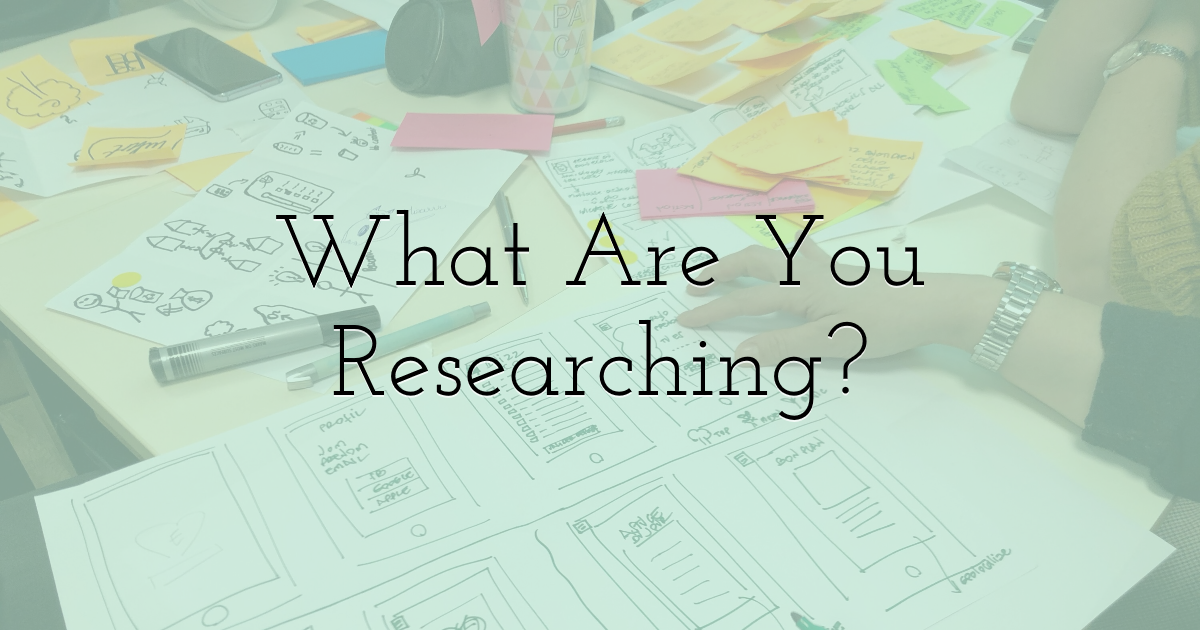
Inherent in the Why question is the What question: what specifically are you researching, what is your research question? Again, it is important to be precise about your topic. If your question is "why are we not making more sales?" then you will uncover a thousand and one answers, which will be a waste of both your user's time and yours.
If you're having trouble narrowing down the issue, begin by asking open questions amongst your team and narrow down from there. Philbert Maryland, a tech writer at Elite Assignment Help and Academized, recommends this strategy: Your open question might be "Why are users not engaging with x feature?" Through discussion, you may find there is a specific element that users are not engaging with, so your question can more narrowly address the issue at hand."
-
3. What Is Your Problem Statement?
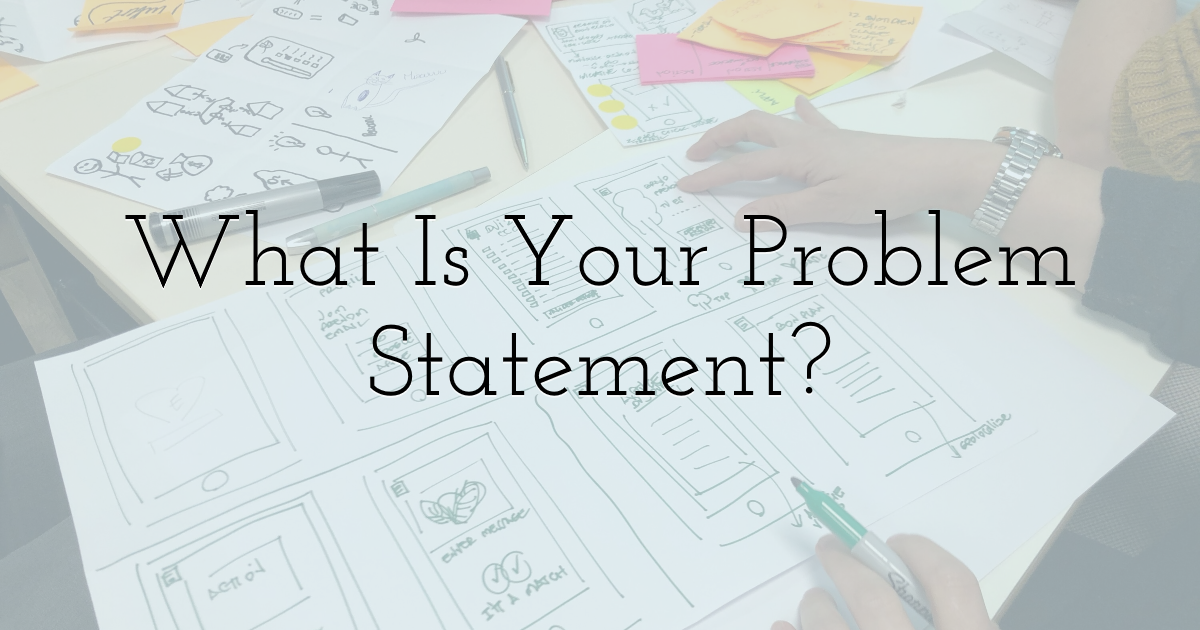
A good way of narrowing down your research question is with a problem statement. The key in this stage is not to start with a solution, or you may not answer the central question. If you know your research question is about the comment feature on your blog, you might be tempted to ask "will updating x feature on the blog comments makes commenting easier?" Then, if it doesn't, you're back to square one.
Instead, frame a problem statement around your topic and allow your research methodology to suggest an answer. That way you can test multiple solutions out or allow your users to bring the idea to you (more on those later), making your solution much more likely to work.
-
4. What Data Are You Looking For?
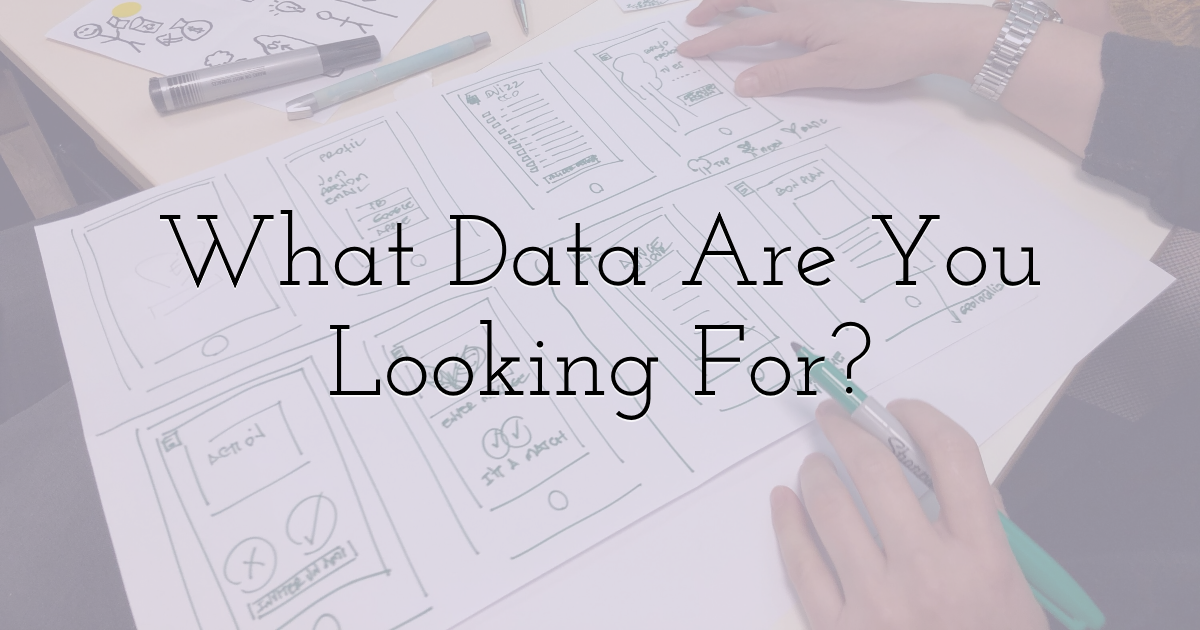
Anyone who has conducted any kind of research before knows that not all data is created equal: there are different types of data that are useful for answering different research questions. Knowing what you're looking for will help you hone your methodology to match.
The most common types of data referenced are qualitative and quantitative. You've most likely heard of these before, so I won't go into too much detail, but in brief quantitative is measurable, countable data (click rates, sales numbers, subscription figures) whereas qualitative is less discretely measurable and concerns descriptive information (the tone of website copy, reactions towards color pairings).
Two lesser-discussed categories are behavioral and attitudinal data: basically data you can observe from behavior or learn from direct questioning. User observation can give you data that users don't realize themselves, whereas attitudinal data is invaluable for emotional or personal engagement.
Interviews can be a source of both types: you can get attitudinal data by asking what a user thinks of a feature and behavioral data from how they answer.
-
5. How Will You Research?
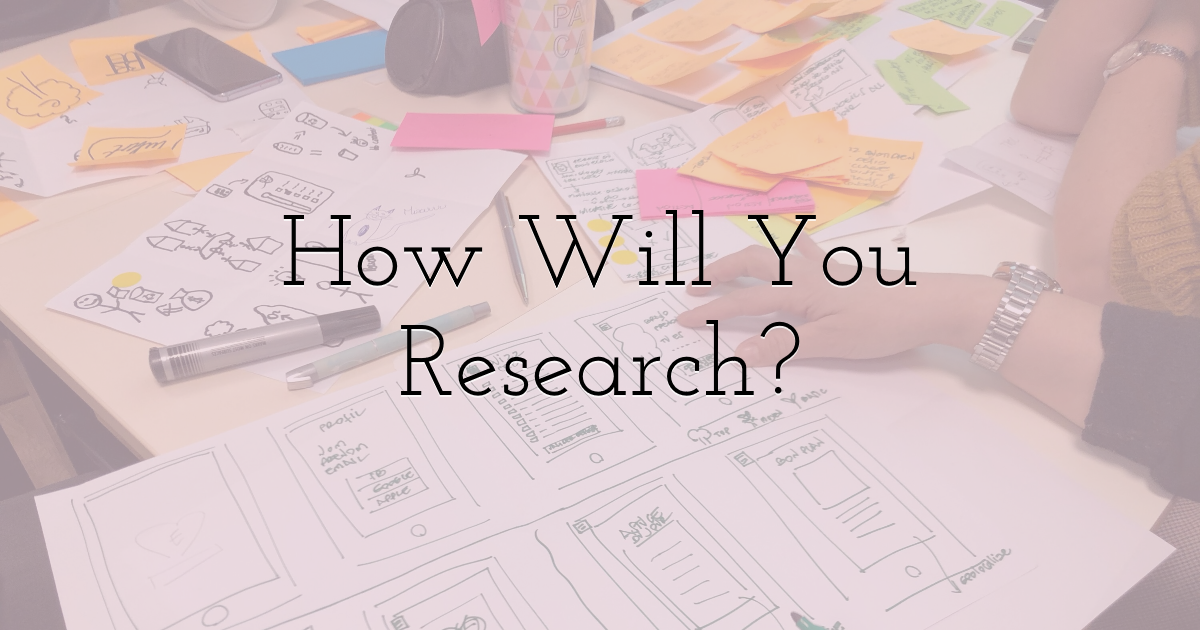
UX research methodology can generally be divided into two branches: generative and evaluative research. These both help you analyze your UX offerings and teach you more about what your user base wants and expects from you, but deal with separate aspects of UX.
Evaluative research focusses on ideas, elements, and products that already exist in one form or another which you would like to test on users. This is the most popular form of user research: the focus group, the feedback email; you bring the idea to the user, and they respond with how they relate to it.
Generative research, on the other hand, is used to help you generate new designs, ideas, and pitches, elements that do not currently exist in your UX design or currently exist in a different capacity. In this scenario, the user brings ideas to you: what elements they would like to see in your design, what products they would be likely to buy.
Each of these research styles provides different insights into the user experience. Different research questions are better explored in different research styles. There will be some scenarios where generative research provides you answers you didn't know you were looking for, but in other scenarios, it gives the user too much choice which can hamper their responses.
Similarly, evaluative research is good for technical topics, which users may not have a lot of existing knowledge about but can comment on their experiences.
There is also a way of combining these two approaches. Selwyn Winter, a UX expert at Australian Reviewer and Write my Australia, advocates for hybrid research. "Hybrid research combines generative and evaluative research by evaluating existing ideas but allowing users to suggest (or generate) alternative solutions. This is a complicated balance, and can sometimes result in more restricted findings, but if performed properly it can produce unique results."
-
6. Who Will You Research?
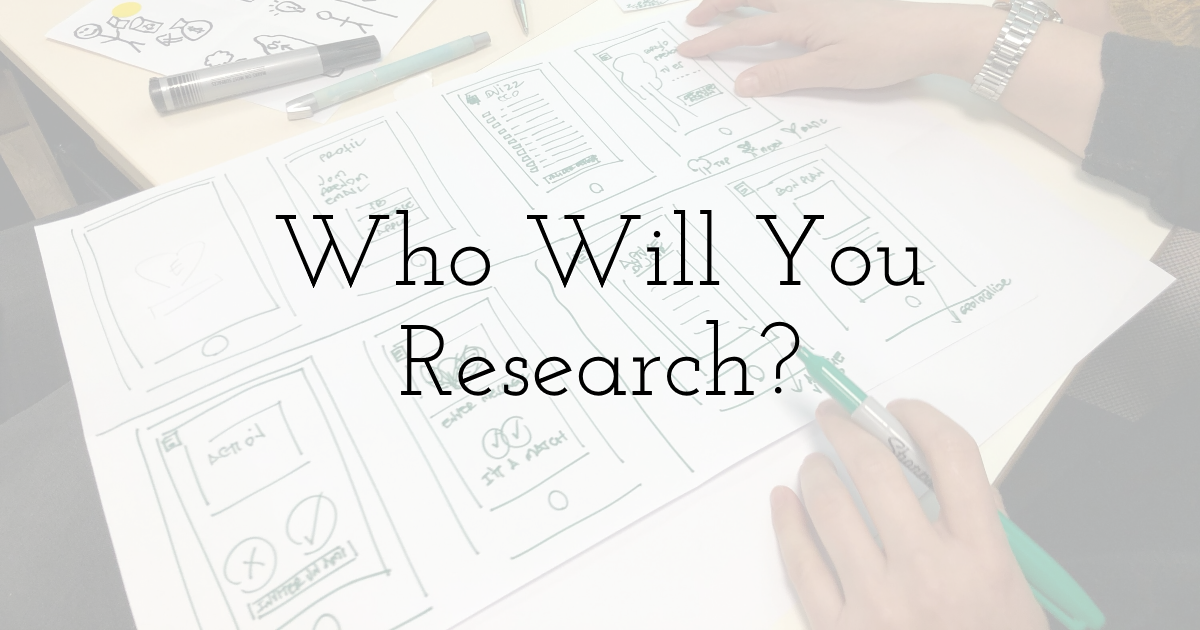
Ask yourself: are you looking to learn more about your products or your users? A simple question on the surface, the answer you give will direct your line of inquiry and affect the methodology you choose.
If you are completely new to UX research, then user research is where you should start. This entails, as the name suggests, learning as much about your user as possible: their demographics (their age, gender, location) and psychographics (their hobbies, likes, dislikes, relationships).
Examples of this kind of research are interviews, surveys, observational sessions (in person or online), and face-to-face visits. User research is what gives your company the groundwork to tailor its services and products, specify their market, and truly engage their customers.
Once you have a strong foundation of user research, you can move onto product research. Product research encompasses everything about how your user engages with your product: what challenges they face in using it, what they like, how often they use it, and more. In a way, product research is just a highly specialized branch of user research that is particularly useful for your UX design.
Both of these research areas are infinite: you can never know enough about your users, and the way they engage with your products will always be subject to change. However, it's important to pick which you will be focussing on it will affect which methodologies you choose.
-
7. For How Long?
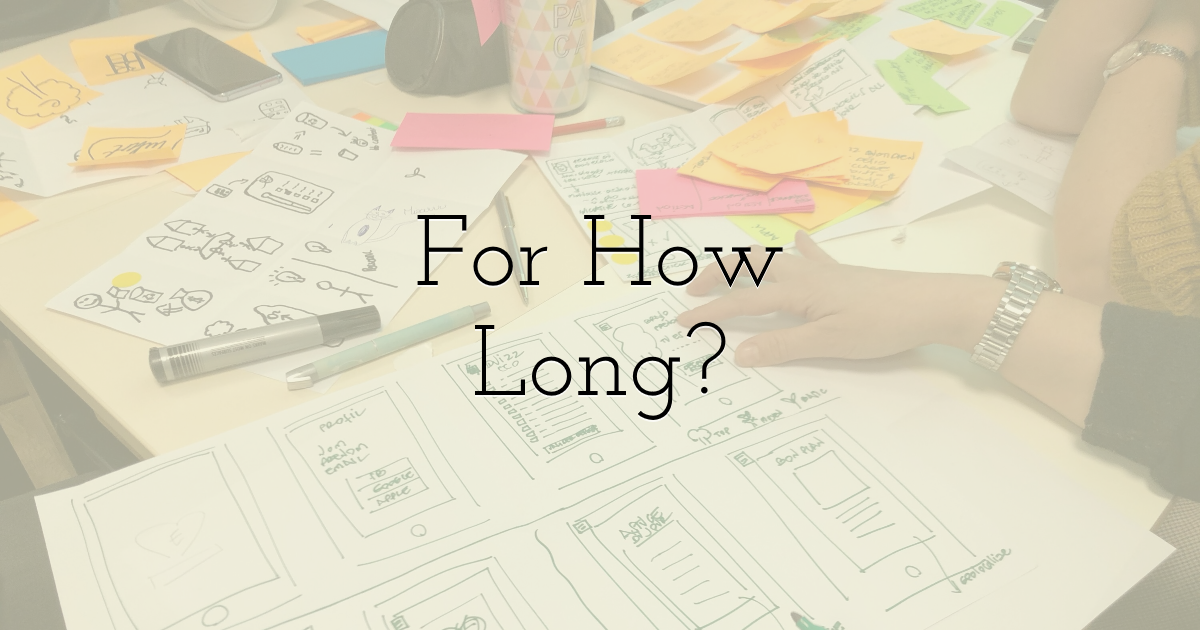
What methodology you employ will depend on how your research question can be answered. Some questions can be answered in a single session, while others necessitate long-term tracked progress with multiple studies or phases.
Examples of the first type are generally limited to the feasibility of a task, or whether a feature is used. For example, whether users can complete one succinct action like making a purchase, navigating to a certain page, sending a feedback email.
The second, more long term project usually involves tracking more detailed user behavior and using it to optimize your UX as a whole. These studies can provide hugely valuable qualitative data, but due to the level of information required and the time commitment of users, they are often harder to conduct. Long-term tracking user interactions or diary studies are some examples of long term projects.
Put it into action
Once you have a clear idea of your research question, the user, and the scope of the project, you will start to develop an idea of what research methodology is for you.
There are hundreds, if not thousands, of methods to determine the answer to your research topics, especially considering the number of variables with the data type, approach, subject, and timeframe. Here are a few examples to get you thinking:
Generative User Research Methodologies:
- • Market Research (Quant)
- • Observational Research (Quant/Qual)
- • Contextual Inquiry (Quant/Qual)
Evaluative User Research Methodologies:
- • Surveys (Quant)
- • Observational Research (Qual)
- • Customer Development (Qual)
- • Divergent Landing Pages (Quant)
Generative Product Research Methodologies:
- • Funnel Analysis (Quant)
- • Usability Tests (Quant/Qual)
- • Solution Interviews (Qual)
Evaluative Product Research Methodologies:
- • A/B Testing (Quant)
- • Surveys (Qual)
- • Five Second Tests (Qual)
There is no one method
Above represents only a fraction of user research methodologies, and it proves that there is no one recipe for success. Only you, with your knowledge of your products and users, can determine what works best for each specific question.
Until next time, Be creative! - Pix'sTory made by Molly Crockett
Molly Crockett is a successful marketing writer for Do my assignment and Philosophy assignment help, where she shares her unique lifestyle tips and personal development advice with her audience. In her spare time, Molly enjoys teaching writing skills to young people at UK Services Reviews.
Recommended posts
-
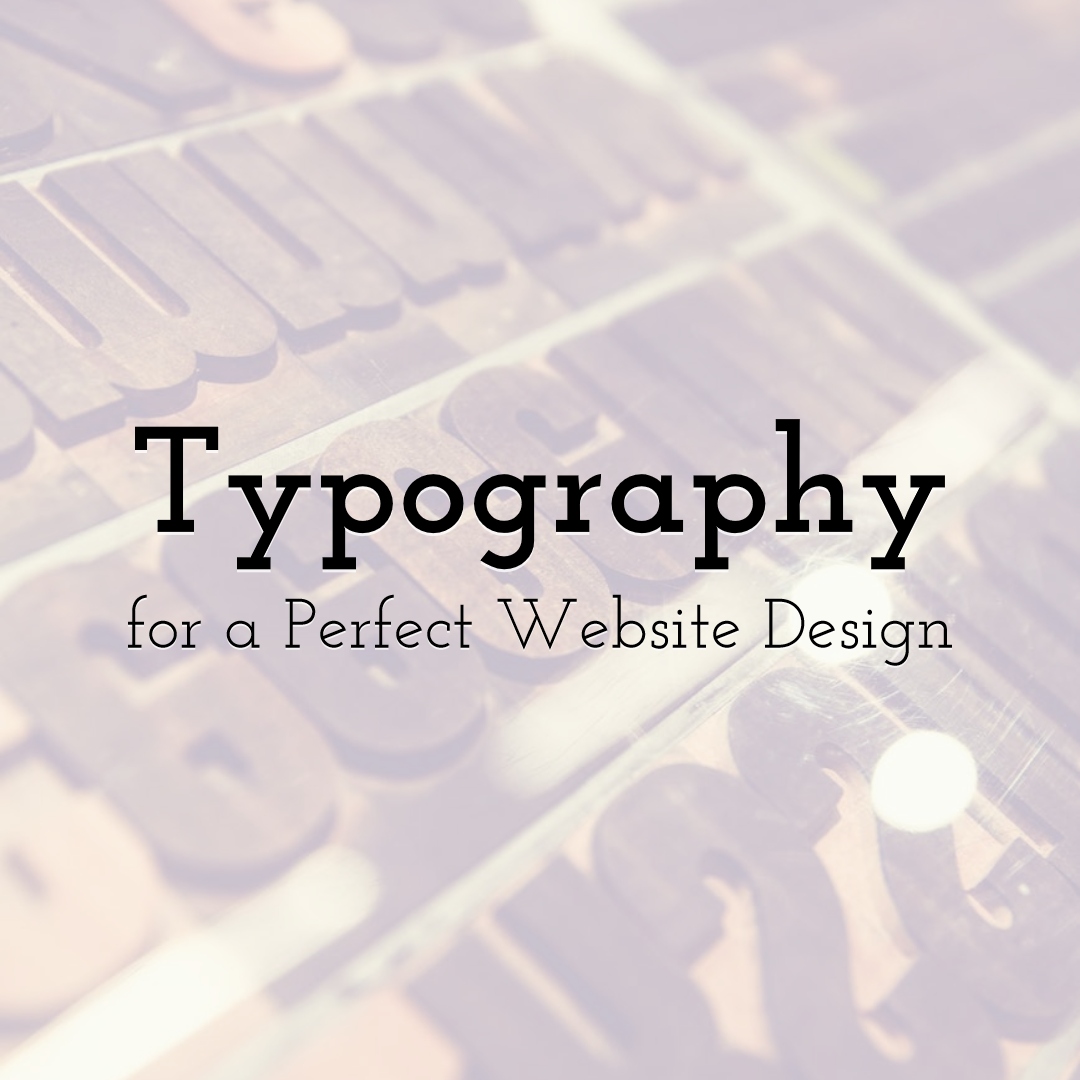
How to Choose Typography for a Perfect Website Design
Read More › -
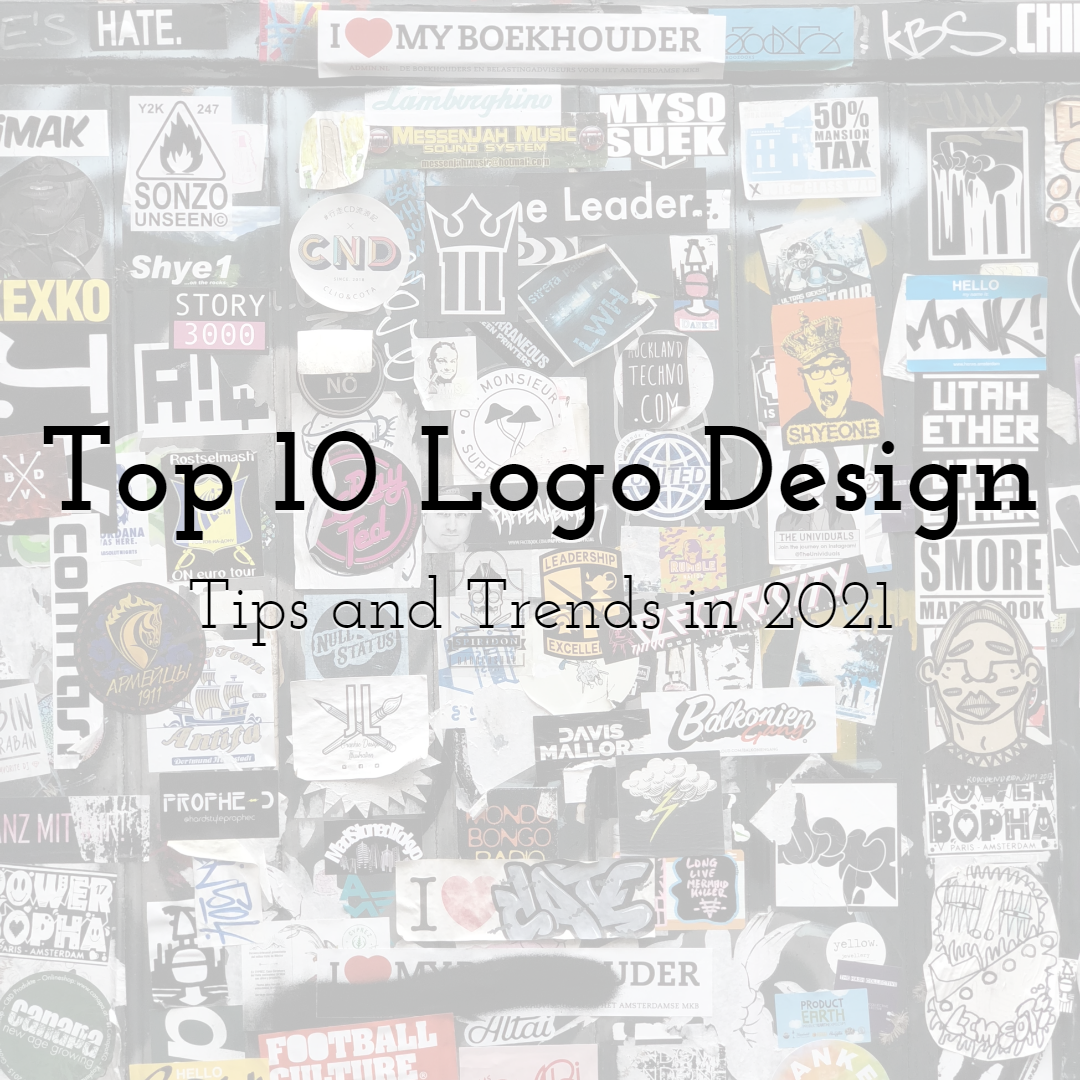
Top 10 Logo Design Tips and Trends in 2021
Read More › -

Starting a Career in Designing? Use These Hacks to be a Professional
Read More › -
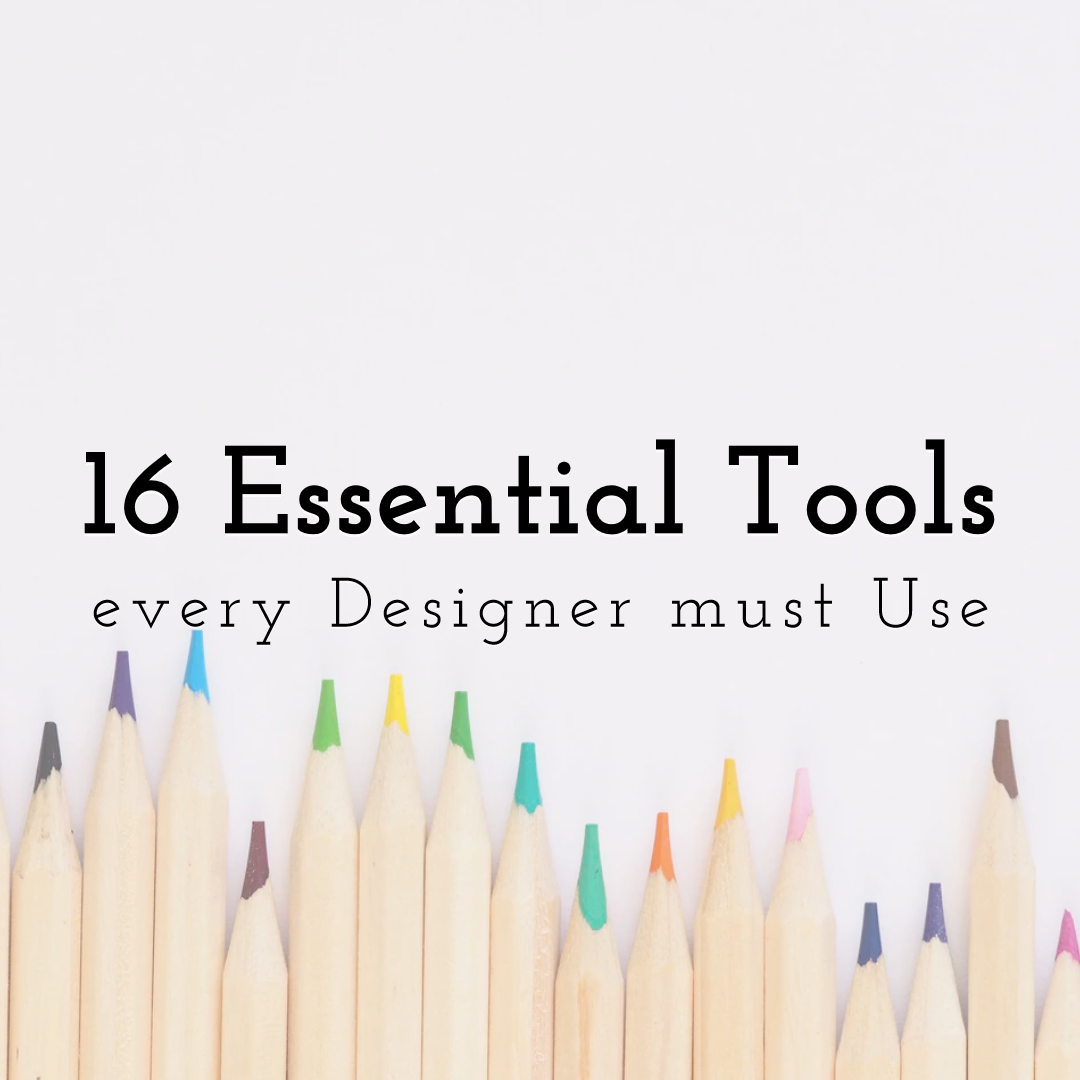
16 Essential Tools every Designer must Use and Own
Read More › -
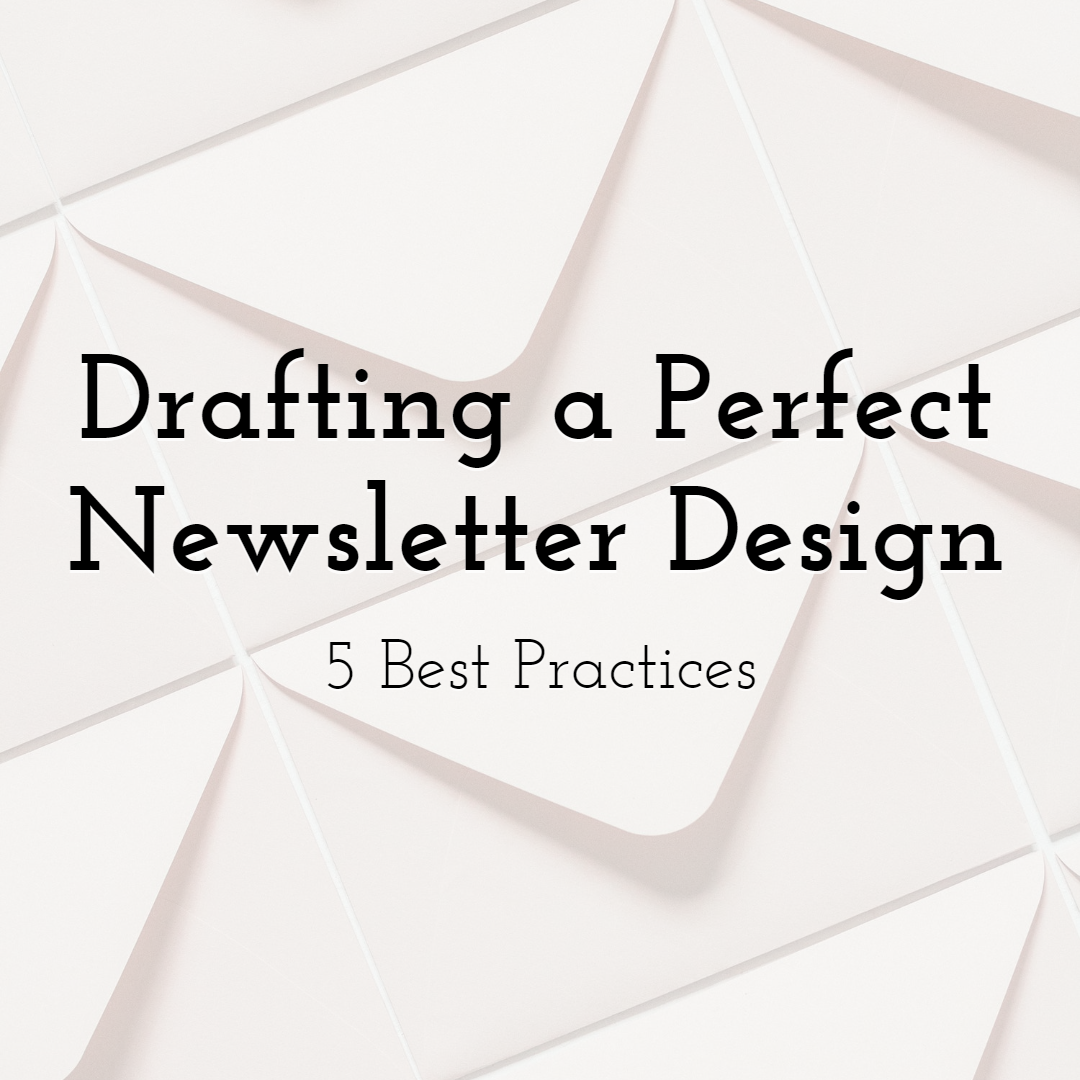
5 Best Practices for Drafting Perfect Newsletter Design
Read More › -

Everything You Need to Know About the Helvetica Font Family
Read More ›
